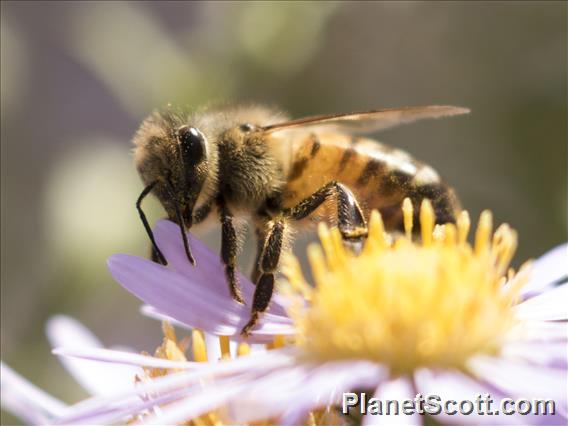Western Honeybee (Apis mellifera)

Western Honeybee (Apis mellifera)

Western Honeybee (Apis mellifera)


×



Western Honeybee (Apis mellifera)

Western Honeybee (Apis mellifera)
About Western Honeybee (Apis mellifera)
- Kingdom: Animals
- Phylum: Arthropods
- Class: Insects
- Order: Bees, Wasps, and Ants
- Family: Apidae
The western honey bee or European honey bee is the most common of the 7–12 species of honey bees worldwide. The genus name Apis is Latin for 'bee', and mellifera is the Latin for 'honey-bearing' or 'honey-carrying', referring to the species' production of honey.
Source: Wikipedia
Trips
No trip reports available.Visits
-
2015-03-13
Holbrook Palmer Park, United States of America -
2018-08-26
Golden Gate Park - San Francisco Botanical Garden, United States of America



